As much as I'd like to give you a single-word answer here, it's impossible. I could only give you my opinion which would be to fry your Italian Chicken Cutlets in a great quality extra virgin olive oil. There are too many pros and cons of each to tell you that you shouldn't fry cutlets in any other kind of oil. Hopefully, this article helps you figure out what oil to fry chicken cutlets with at YOUR house.
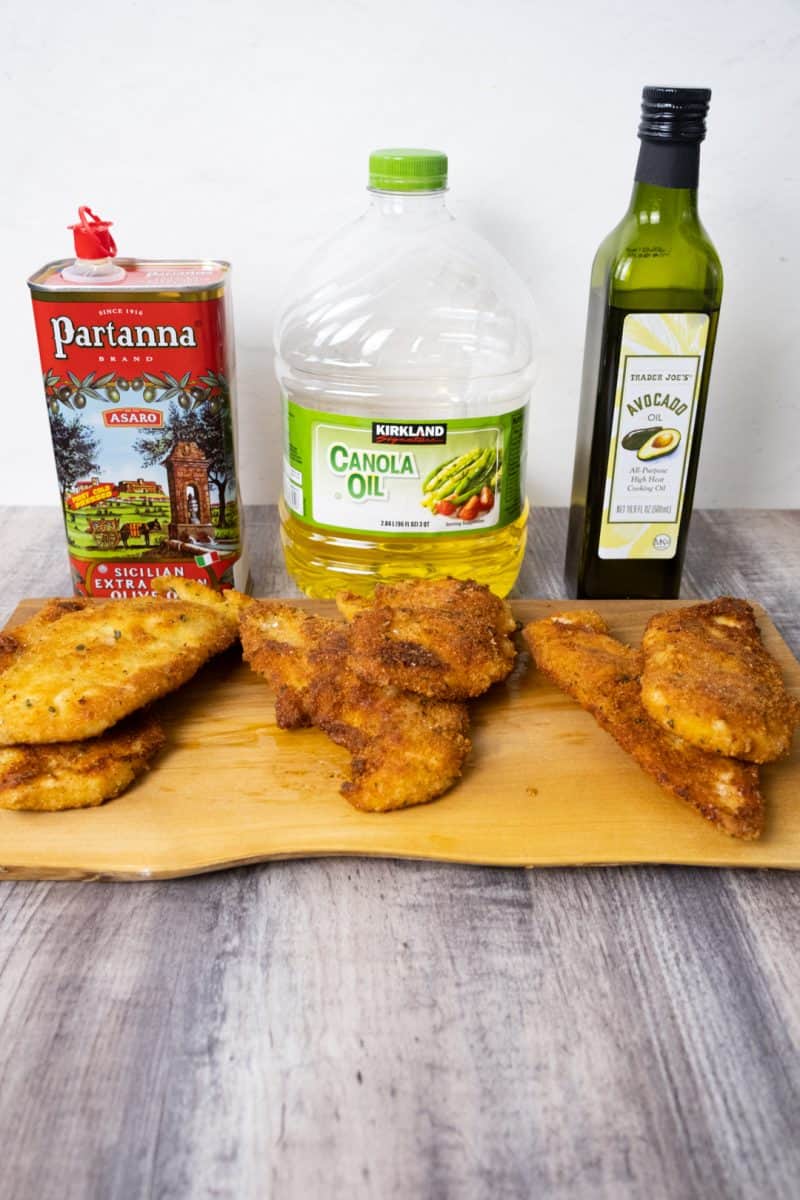
Want to learn more about Chicken Cutlets? Check out our analysis of egg substitutes in our No Egg Chicken Cutlets!
We experimented with three different oils: Avocado, Canola, and Extra Virgin Olive Oil. These are the three that I hear people discussing the most and I wanted to know what is actually the best. It seems like everyone has an opinion based on what their mothers did for them.
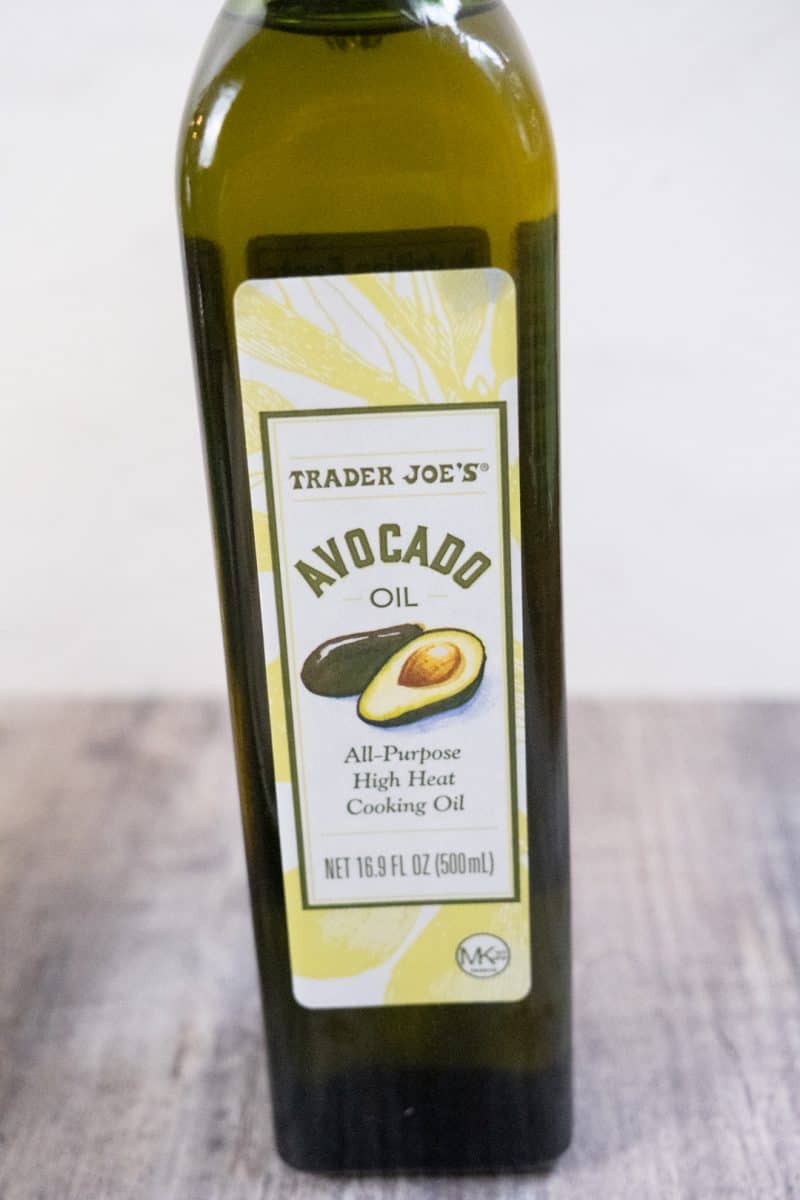

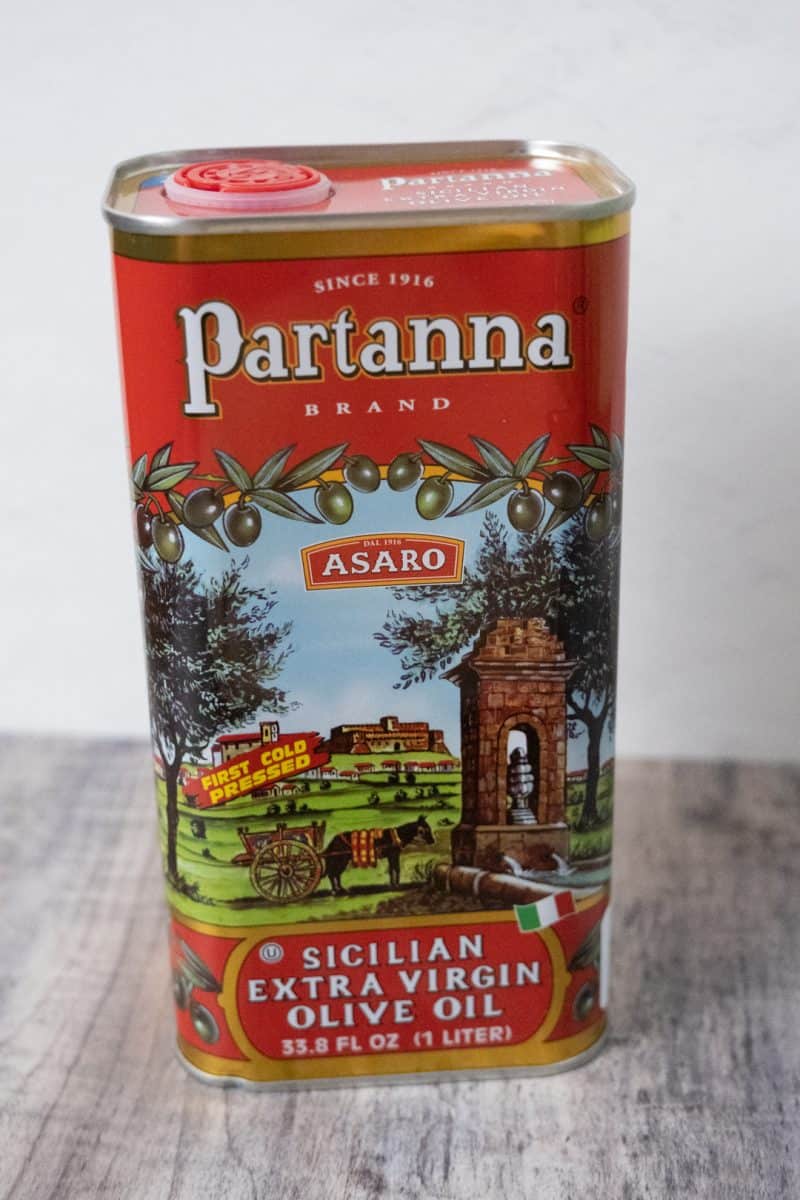
I grew up in a household where my mother baked our chicken cutlets. I know it sounds crazy, but nobody can bake a chicken cutlet like my mom. They were always trying to be health conscious and we rarely fried anything besides eggplant. I've never been able to replicate what my mom can do with chicken cutlets in the oven. It's actually really annoying. I don't know how they don't get all mushy.
On the other hand, my wife's mother always fried her cutlets in canola oil. So, that's what we've always done for our cutlets. But over the past year and since the creation of Always From Scratch, health has been at the forefront of my mind. How do I live the longest? I'll tell you that it is certainly not by eating canola oil regularly.
For the experiment, I used the following brands: Trader Joe's Avocado Oil, Kirkland Canola Oil, and Partanna Extra Virgin Olive Oil. All of the cutlets were cooked until they reached 165℉. All of the oil was given the same amount of time to heat up and the pan was cleaned in between each oil.

Let's talk about the health benefits of each oil first.
Health Benefits
Avocado Oil
- Avocado oil is high in oleic acid, a substance that can be "heart healthy" meaning it reduces inflammation and decreases cholesterol.
- It contains chlorophyll, a natural source of magnesium that helps detox your brain, liver, and kidneys of heavy metals.
- Higher levels of monounsaturated fats which can help your body better absorb vitamins.
Canola Oil
Interestingly enough, a lot of the research done about canola oil is done by BIG CANOLA OIL, other wise known as The Canola Oil Council of Canada and The US Canola Association. So, there is a lot of information out there that definitely has a bias in the sway of canola oil.
Some of the reported benefits in a Meta-Analysis study supported by Big Canola are:
- Increased insulin sensitivity and glucose tolerance
- Decreased cancer cell growth
- Increased antioxidants
I don't love when anything says "decreases cancer." I just have a hard time believing that something produced by massive corporations can decrease cancer cell growth. It just doesn't add up for me but that's what the research article states, so take it or leave it.
Some negatives that I have found:
- Most canola oil is chemically extracted not "cold pressed" which can decrease the stability of the oil, making it go rancid faster.
- The negative effects of canola oil don't lie in the specific type of oil that it is, it's more so that it is highly processed. Canola oil is considered an RBD oil, refined, bleached, and deodorized.
- The process of creating RBD oils can decrease the amount of nutrients in the oil such as vitamins, antioxidants, and fatty acids. It does reduce them somewhat minimally, but it is true.
- Overall, the "proven" negatives don't appear to be high. At the end of the day, you have to choose how much processing you want in your diet. Canola oil and other RBD oils like corn and vegetable oil are highly processed.
Olive Oil
- Like the other oils, olive oil is high in monounsaturated fats, which help lower cholesterol.
- Olive oils produced by high-quality companies that harvest one type of olive can be higher in phenols. Single-origin olive oils are harvested from one location and farmers have more control. Knowing where the olive was produced can provide you with more information about the specific nutrients in that type of olive oil, like polyphenols. When buying olive oil, look for brands that produce oil from single origins.
- Also high in oleic acid.
One quote I try to live by though is "eat food produced by people not corporations." It's not always possible, but it is important to me that I give my family the best shot. I'm not a nutritionist, but I know how to read research. Despite the affordability of bulk oil like canola, the benefits of oils like avocado and olive oil can outweigh the benefits of canola oil.
Be mindful that olive oil can be a bulk oil as well. If you're buying olive oil in a gallon container, make sure to read the label!
Smell of each oil
I wasn't planning on having this be a category in the blog but the very first thing I noticed was the smell of the oil as the pan heated. I'm so used to the smell of canola oil that when I started smelling the avocado oil, I was pleasantly surprised.
Avocado Oil
I did everything here in alphabetical order so that it would be easy to track everything on video. So, I started with avocado oil. I had never fried cutlets in avocado oil. The very first thing I noticed was the smell. The avocado oil smelled sweet and nutty. It was really delightful. It shimmered so perfectly in the pan. You could see it evenly across the pan. As it sat in the pan it slightly yellowed while it was heating up. The fragrance of the avocado oil was definitely my favorite.
Canola Oil
It might have been because I had just smelled the avocado oil, but the canola oil just smelled...BAD. The only scent I can relate it to is the smell of a fryer. It was bad in comparison. Obviously, canola oil doesn't smell "bad." It didn't have the delightful scent that the avocado oil did. It just smelled like oil. The canola oil smell was my least favorite. Also, when watching the canola oil shimmer, it got slightly cloudy and wasn't shimmering evenly across the pan.
Olive Oil
The olive oil was a bit different. It smelled almost a bit fruity or sweet. Maybe even a bit tangy. It definitely had a nice smell to it. You could smell the olives. It was a really refreshing smell, I just preferred the nutty avocado scent.
Texture of each cutlet
One of the most important factors in my mind was texture when deciding what oil to fry chicken cutlets in. Were they fried evenly, how did the chicken cook, etc?
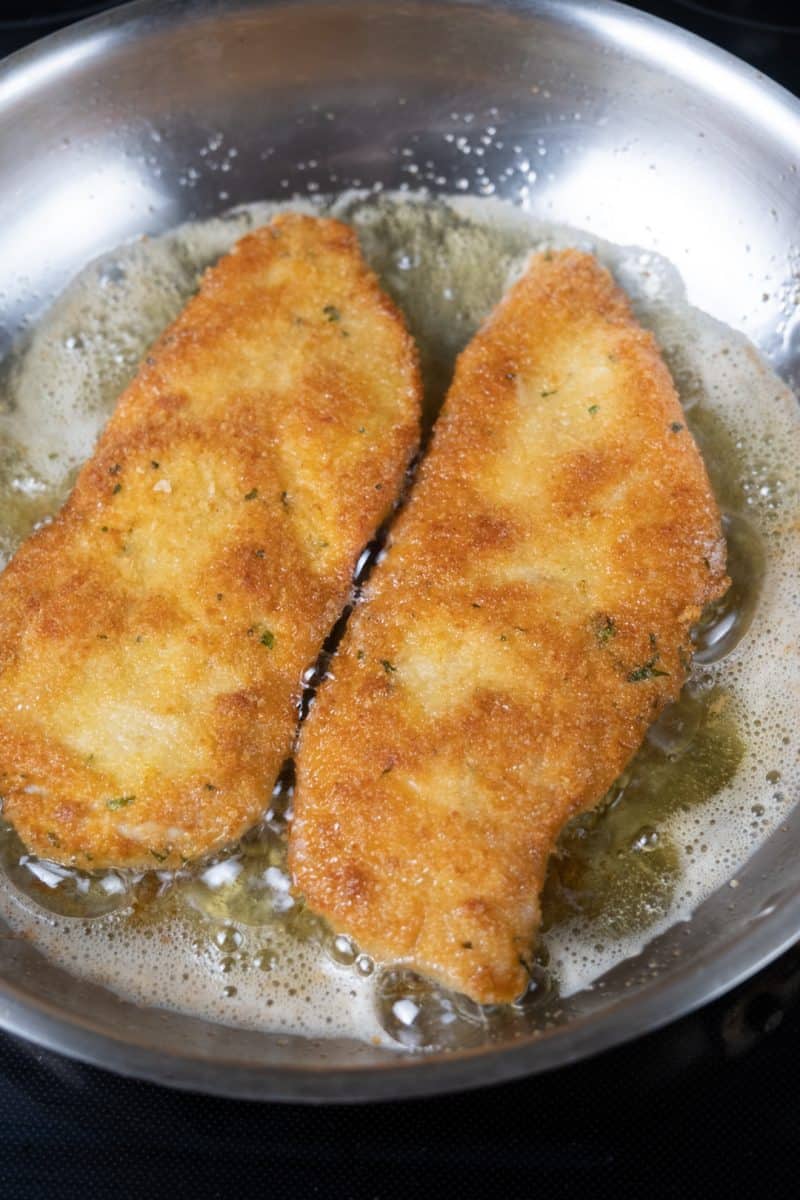
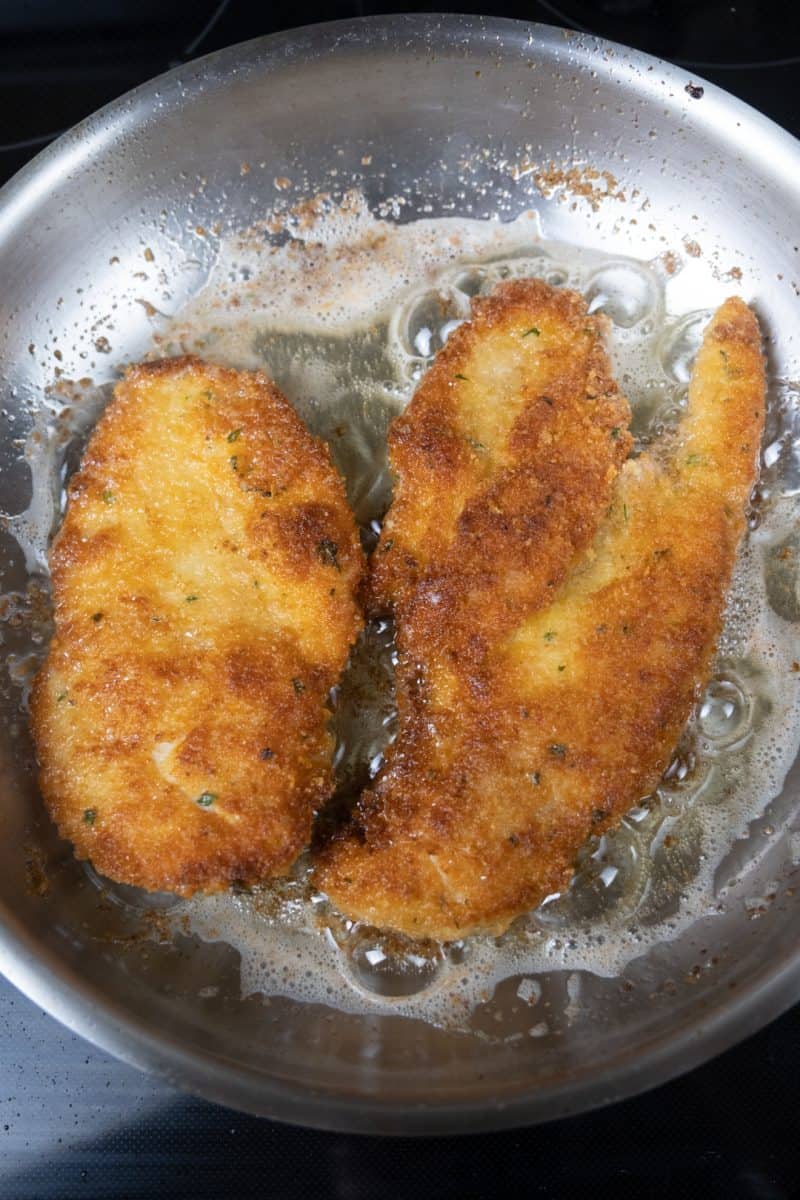
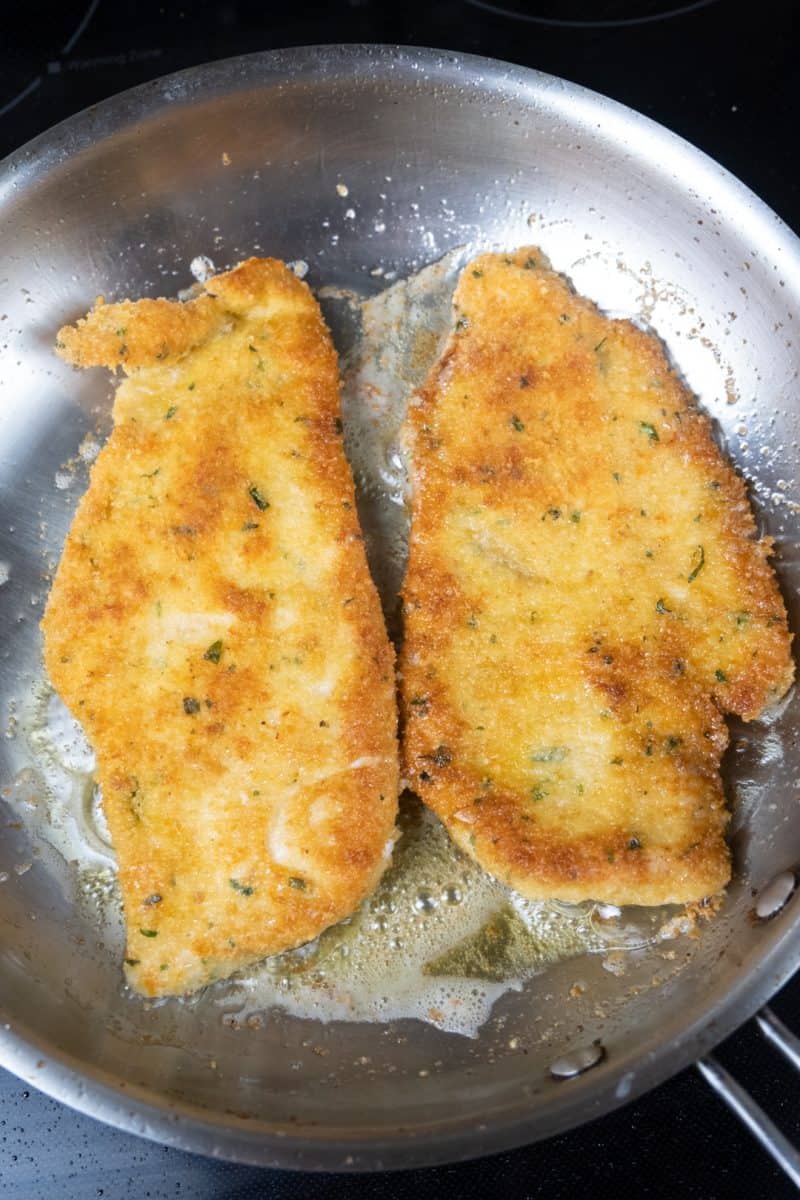
Avocado Oil
Avocado oil won this category again! The cutlets were perfectly cooked and completely evenly fried. The inside did not take on that shredded look of overcooked chicken. The avocado oil definitely "cooked" the cutlet the best.
Canola Oil
Third place again was the canola oil. The cutlets were unevenly fried. Some of the cutlets had to be slightly overcooked because half the cutlet wasn't cooking at the same rate the other half was. The texture inside some of the canola oil cutlets was just slightly different than the avocado oil. Almost a bit chewier.
Olive Oil
The olive oil took second place here. The cutlets weren't perfectly even, but they were close enough. The texture of the chicken was close to that of the avocado oil cutlets. They were overall, a great texture, evenly cooked through, just could have been fried slightly darker in certain areas.
Taste of each cutlet
Avocado Oil
This was the only category that avocado oil wasn't in first. What I will say, is that the lack of "taste" of the oil was a good thing though. There was no oily mouth feel with the avocado oil cutlets. They just tasted like salty fried cutlets. No aftertaste or anything. But you definitely couldn't "taste" the avocado oil. These tasted lighter and less heavy.
Canola Oil
The cutlets tasted great. They had slightly more of a mouth feel and didn't stay as crisp as the avocado oil cutlets, despite being cooked after them. The taste was one of the more difficult factors to discern between the 3. Cutlets, however you cook them, will taste good.
Olive Oil
The olive oil took the edge slightly here. I could taste a hint of the olive oil that I used and that pushed olive oil over the edge for me. I love the taste of olive oil. It was perfectly balanced and slightly fruity.
All three cutlets tasted good. There's no question about it. I had to eat all three cutlets to really figure it out though. I think the best option for the next experiment is to do a double-blind. This would see if I'm biased.

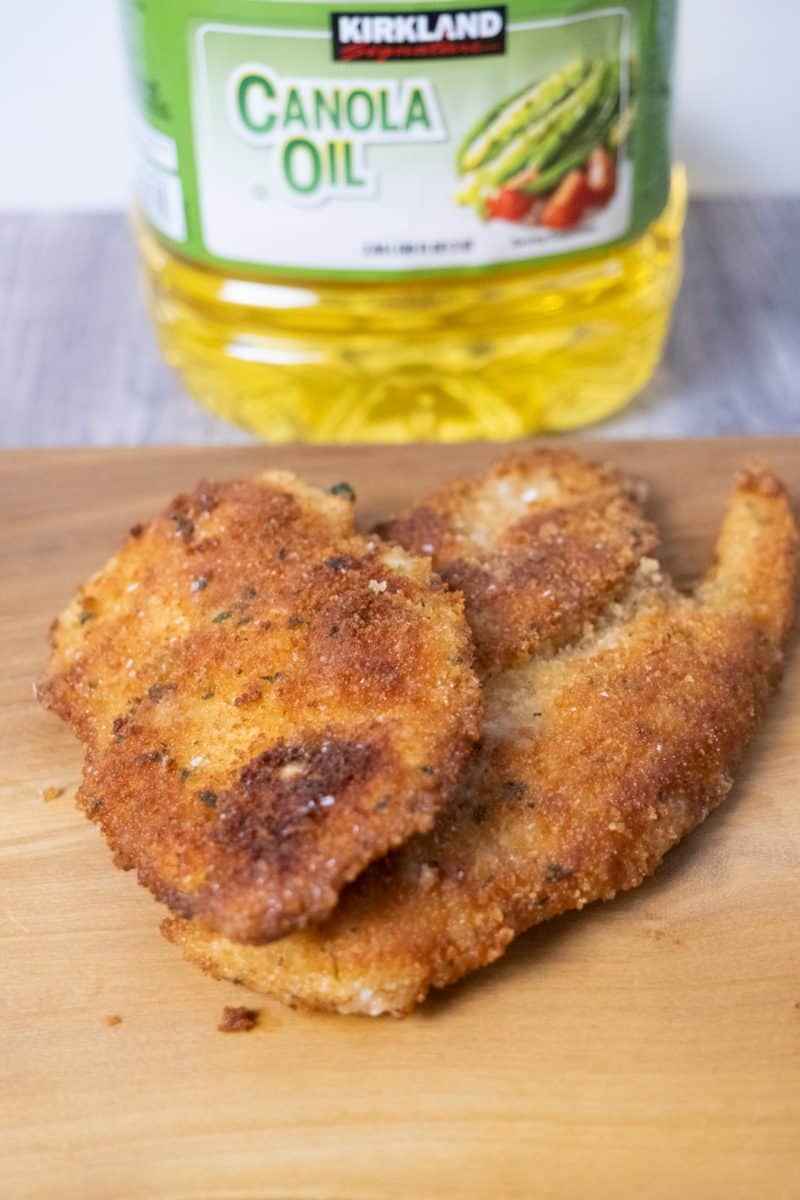

Smoke points
Avocado Oil: 475℉
Canola Oil: 400℉
Extra Virgin Olive oil: 400℉
The biggest argument I always hear about what oil to fry chicken cutlets in is the smoke point argument. Usually, people are telling me not to use olive oil because of the smoke point. I think this argument really started when avocado oil producers started pushing that avocado oil is the best because of its high smoke point. When you're frying your cutlets, the oil should be between 350-400℉. As long as you're not cooking the cutlets at too high of a temperature, the oil shouldn't burn. Maybe avocado oil is a safer bet if you don't know what you're doing, but it is still not that much higher than olive oil.
These are average smoke points. These can vary from batch to batch or from different brands of olive oils. The more stable the oil, the higher the smoke point. I wouldn't base which oil I cook with on this too heavily.
So the question is, what oil to fry chicken cutlets in, given the information provided
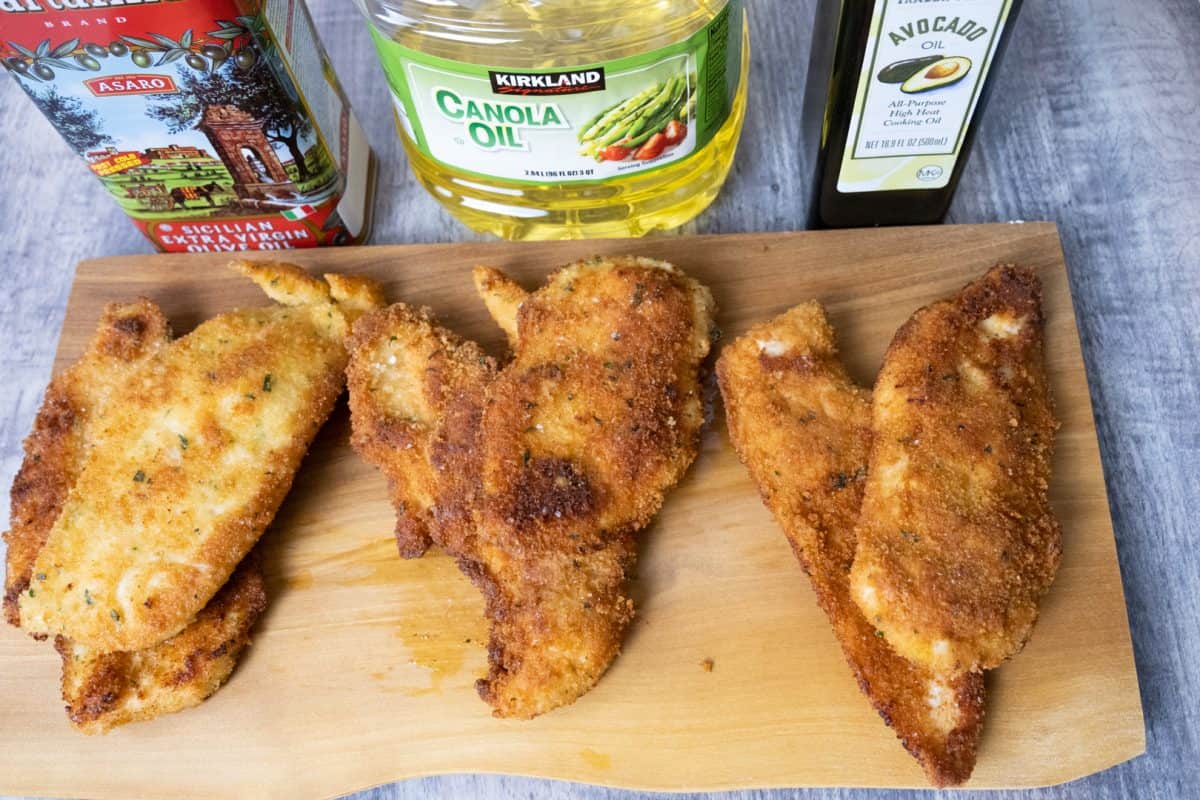
This is really tough. It's not easy to decide what oil to fry chicken cutlets in. The texture from the avocado oil was undeniably the best, but the health benefits and the taste of the cutlets cooked in olive oil outweigh the rest.
As an Italian, I'm going to cook my cutlets in olive oil in the future. Specifically, high-quality, olive oils. I'm not opposed to using avocado oil as a second choice either. I will be completely dropping canola oil as my preferred use. The negative health factors are too high.
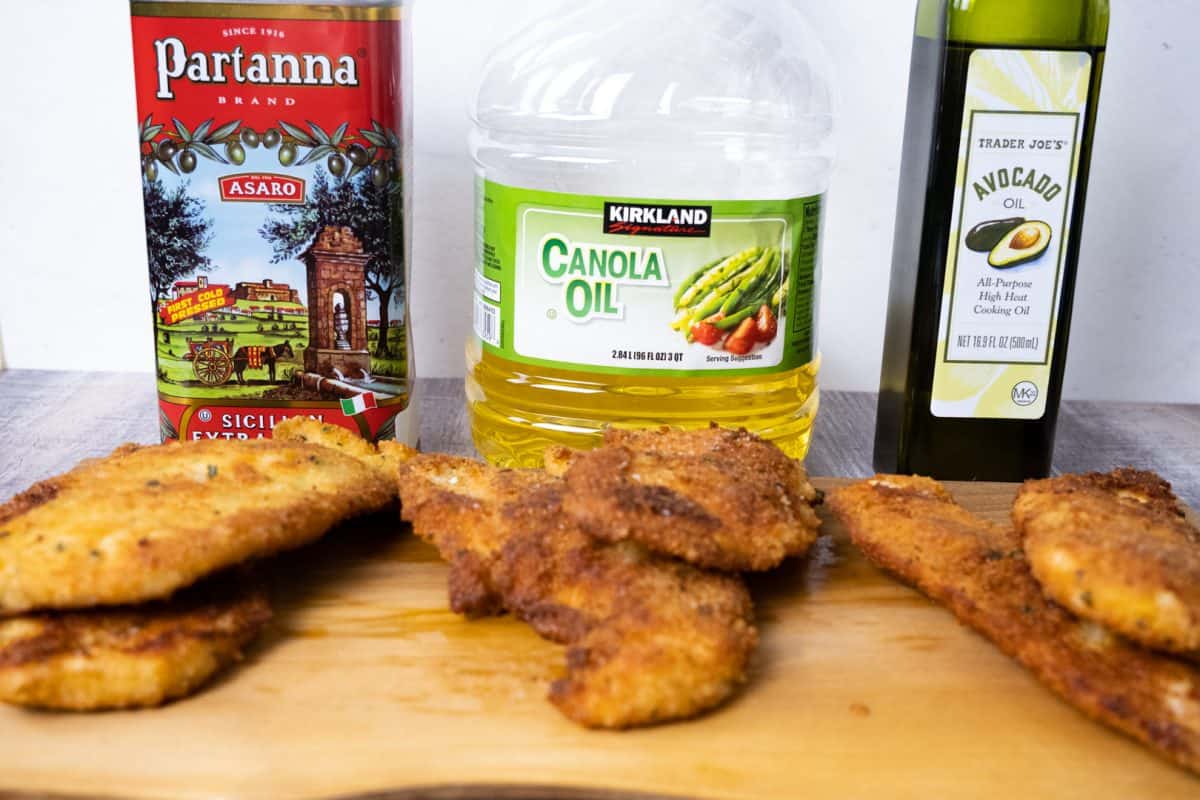

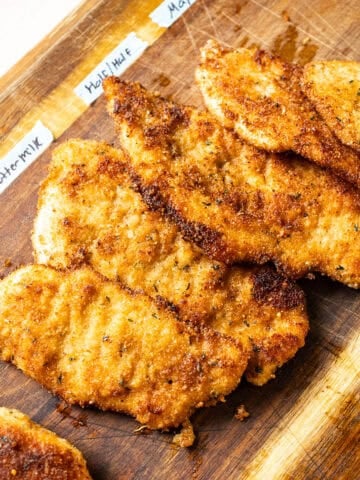

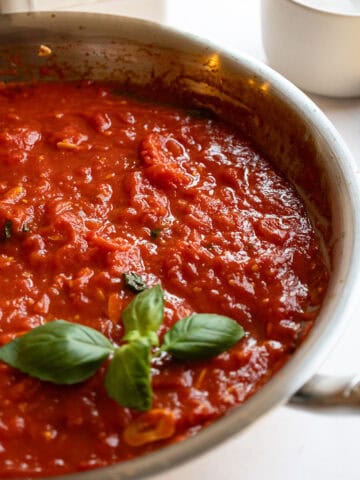

M. Goodpickle
Why didn't you try coconut oil? Very high smoke point, and isn't easily oxidized like canola (which is a terrible seed oil). Olive oil breaks down with high heat and should only be used cool or for sautéing. Avocado is fine. Avoid anything fried in GMO Soybean oil (commonly labeled as "vegetable oil"), and is used in most restaurants because it's so cheap.
Vincent DelGiudice
We didn't try coconut oil because of the flavor. When we're making Chicken cutlets, we don't want them to have a coconut flavor. Also, coconut oil has a smoke point of about 350 degrees Fahrenheit. Olive oil has a smoke point of about 400 degrees and extra virgin can be up to 410 degrees. You shouldn't have the oil at that high of a temperature anyway so that won't affect frying chicken cutlets.